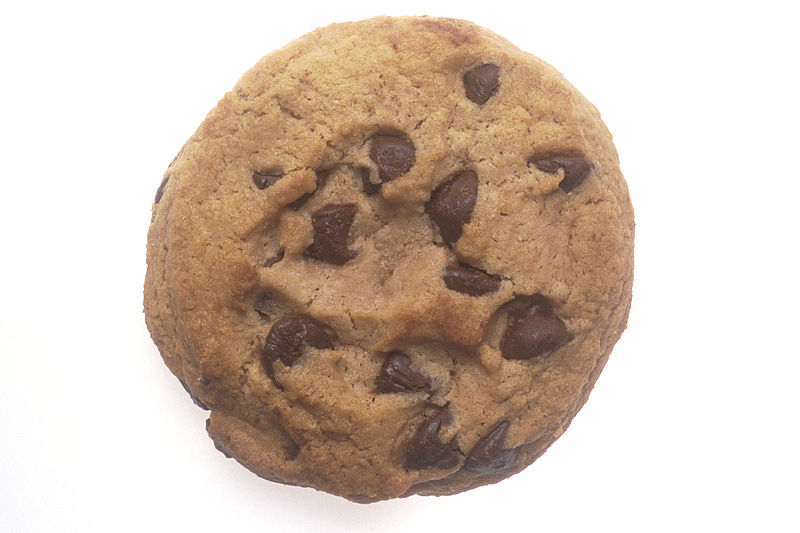
When The New York Times asked how she would improve science education, Scientific American editor in chief Mariette DiChristina answered, "We need to make it easy for families to have fun with science — to ask questions about how the world works, and to explore answers together...everyone in the family can learn how, with just some dishwasher detergent and rubbing alcohol, to pull DNA strands out of a banana in your kitchen mixing bowl. Presto!"
Holiday weeks are a great time to explore the science of DNA with foods. At Howtosmile.org, you can extract DNA from bananas, split peas, strawberries, liver, onions, kiwi fruit, sweetbreads, lima beans, wheat germ or yeast. In the DNA Extraction activity, for example, mash a strawberry with soap solution, meat tenderizer, salt and alcohol to end up with the gooey white stuff that is really thousands of DNA strands.
To help learners understand what one DNA strand looks like, build an edible model with licorice and gumdrops in the Inside DNA activity. Use alternating red and black licorice for the DNA's sugar and phosphate backbone, and paired gumdrop colors for the base pairs. Link two candy DNA models together to make a model gene, then split the model and "copy" it to see if any "mutations" occur.
While you're baking for a holiday party, cookie exchange, or winter camp week, explore genetic mutations further in the "Chips" Off the Old Block? activity. Mix up one chocolate chip cookie recipe plus another recipe (or more) in which an alteration or "mutation" has occurred. Once the cookies are out of the oven, learners make their scientific observations, concluding with an "in-depth enzymatic analysis"—eating the cookies. Learners are challenged to determine whether a particular cookie was produced from a recipe that contained a mutation and, if so, the type of mutation. Of course, the real challenge in this activity is to see whether any cookies are still left by the end of the experiment!
